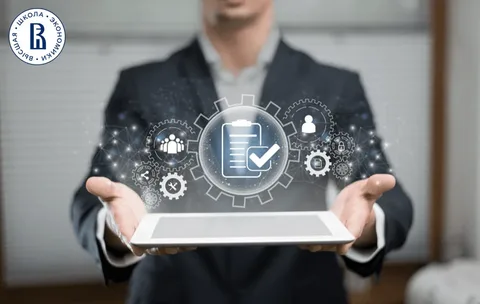In today’s data-driven world, geospatial solutions have emerged as powerful tools transforming industries from agriculture to urban planning. If you’re new to this field, a beginner’s guide to understanding geospatial solutions and their impact can help you grasp the basics and appreciate their wide-reaching effects.
What Are Geospatial Solutions?
Geospatial solutions refer to technologies and methods that collect, analyze, and visualize geographic or spatial data. These solutions use tools like Geographic Information Systems (GIS), Global Positioning Systems (GPS), and remote sensing to provide valuable insights tied to physical locations.
By mapping and analyzing spatial data, organizations can make better decisions, whether it’s tracking delivery routes, managing natural resources, or responding to emergencies.
Core Components of Geospatial Solutions
Geographic Information Systems (GIS)
GIS software allows users to capture, store, manipulate, and visualize spatial data. It’s often used for creating detailed maps that reveal patterns, trends, and relationships tied to specific locations.
Remote Sensing
This involves acquiring information about an area from a distance, usually via satellites or drones. Remote sensing provides up-to-date data on environmental changes, urban expansion, or disaster zones.
Global Positioning System (GPS)
GPS technology pinpoints exact locations on Earth, enabling navigation and real-time tracking essential for logistics, transportation, and field services.
The Impact of Geospatial Solutions Across Industries
Understanding geospatial solutions isn’t just about the technology itself; it’s also about recognizing their profound impact.
Urban Planning and Smart Cities
Geospatial data helps planners design efficient transportation networks, optimize land use, and monitor environmental impacts, fostering sustainable urban development.
Agriculture
Farmers use geospatial tools to analyze soil health, monitor crop growth, and implement precision farming techniques that increase yields while reducing waste.
Disaster Management
During natural disasters, geospatial solutions provide critical information for evacuation planning, damage assessment, and resource allocation, ultimately saving lives and minimizing damage.
Business and Marketing
Companies use location-based analytics to understand customer behavior, plan new store locations, and tailor marketing campaigns based on geographic trends.
Why This Guide Matters
If you’re reading a beginner’s guide to understanding geospatial solutions and their impact, you’re taking the first step toward unlocking the potential of spatial data in your field. With technology advancing rapidly, knowing the basics equips you to harness these tools for smarter decisions and innovative solutions.
Conclusion
Geospatial solutions are reshaping how we interact with the world around us. By following a beginner’s guide to understanding geospatial solutions and their impact, you can start to appreciate the technology’s role in improving efficiency, sustainability, and safety across various sectors. Whether you’re a student, professional, or enthusiast, exploring this field offers exciting opportunities to contribute to a smarter future.


